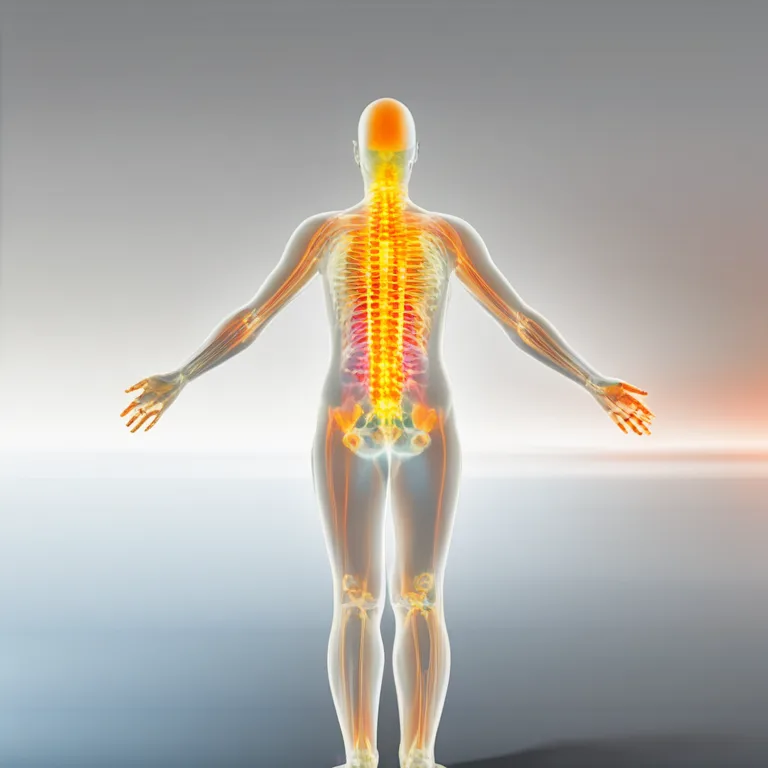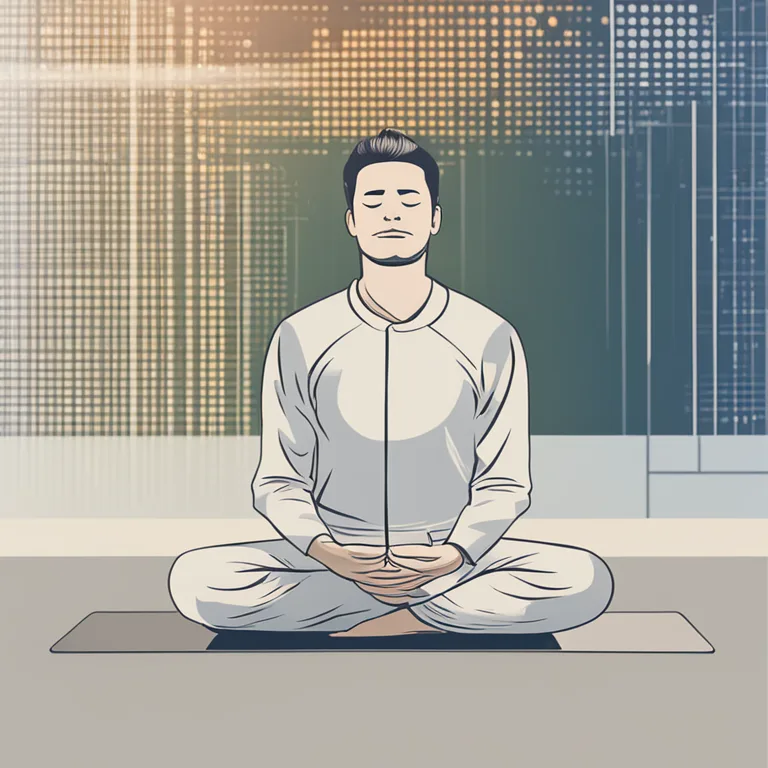
Easing Pain through Mindful Meditation
Discover how targeted meditation techniques can effectively reduce pain and enhance your well-being in this insightful guide.
article by Hina Kurosawa
Introduction to Meditation and Pain Relief
Meditation has long been a refuge for those seeking peace and clarity, but it is also a powerful tool for pain management. As we move through the fast-paced world of 2024, with its advanced understanding of the mind-body connection, meditation offers a timeless sanctuary for holistic healing. This article delves into various meditation techniques that have been refined over years, finding new relevance in our current healthcare landscape as a non-invasive and accessible form of pain relief.

The Mechanics of Meditation and Pain
Recent studies continue to show that meditation can alter the perception of pain. Through regular practice, individuals can tap into a heightened state of awareness and relaxation, helping to reduce the intensity of pain signals sent to the brain. The process involves focusing the mind and slowing down racing thoughts, which may contribute to a decreased stress response and lower inflammation, both implicated in chronic pain conditions. Understanding the underpinning neurology of pain has empowered meditators to target their practice for maximum relief.

Getting Started: Breath Focus
One of the most fundamental meditation techniques for managing pain begins with breath control. Focusing on deep, rhythmic breathing not only aids in relaxation but also serves as a distraction from discomfort. To practice, find a quiet space, sit comfortably, and close your eyes. Inhale deeply through your nose, allowing your abdomen to rise, and then exhale slowly through your mouth. This method can be especially effective during acute pain episodes, providing an immediate calming effect.

Body Scan for Tension Release
Body scanning is a technique designed to bring awareness to different parts of the body and consciously relax them. Start at your feet and gradually move upward, checking in with each body part to release any held tension. This exercise not just diverts your attention away from the pain but can also highlight areas of your body where stress is contributing to discomfort, offering a two-pronged approach to managing pain.

Mindfulness Meditation for Acceptance
Mindfulness meditation encourages practitioners to observe their present moment experience without judgement, which includes acknowledging pain. By observing discomfort as a neutral witness rather than an adversary, the act of resisting pain diminishes, which may lower the emotional response to pain and its perceived severity. In an era where chronic pain affects a significant proportion of the population, mindfulness offers a beacon of hope for many sufferers.
Visualisation for Pain Alleviation
Guided imagery and visualization take the meditator on a journey to a place or situation that brings them contentment and peace. This mental escape can produce physiological changes in the body, such as reduced heart rate and muscle relaxation, which can positively affect pain levels. As visualisation scripts become more sophisticated with the help of virtual reality technologies in 2024, the potential for this technique in pain management continues to grow.
Compassionate Meditation for Emotional Relief
Developing compassion for oneself and others can be transformative, especially for those dealing with chronic pain. Practices like the "Loving-Kindness" meditation foster a sense of warmth and care that may buffer against pain. This technique involves silently repeating phrases of well-wishes and kindness towards oneself and extending this sentiment outward, allowing empathy and compassion to dull the sharp edges of physical pain.
Published: 1/8/2024
Modified: 1/8/2024
More predictions
Come back here soon to learn more about yourself and your future


Meditation Techniques For OCD
Mindful practices to help manage Obsessive-Compulsive Disorder symptoms effectively through meditation.


Finger Meditation Techniques
Discover the power of finger meditation to harmonize your body and mind, enhancing wellness and inner peace.


Diverse Meditation Techniques
Explore various meditation methods to enhance your mental clarity, emotional balance, and spiritual insight.